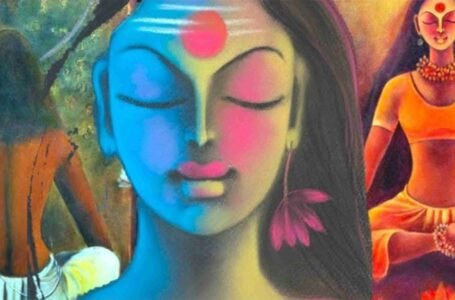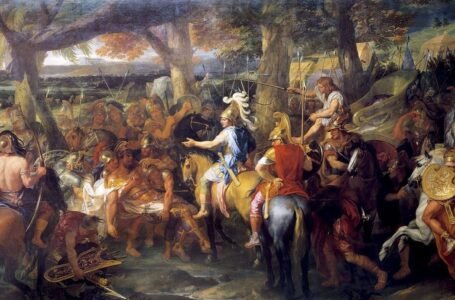MAA KALI AND GODDESS ATHENA:Contrasting Oneness

The prominent Hindu Goddess Maa Kali retains the symbolism of being the goddess of Death and Destroyer of the universe, while also possessing Lajja or modesty as her inherent traits. She is depicted in many scriptures and her worship is widespread throughout India and its neighbouring countries. Similarly, Goddess Athena is a prominent Greek goddess depicted as the Goddess of War, Wisdom and Handicraft, Her radiance and vigour are unmatched amongst the gods of Greece. She appears in many Greek and Roman texts and is worshipped in many parts of Greece, particularly in the city of Athens.
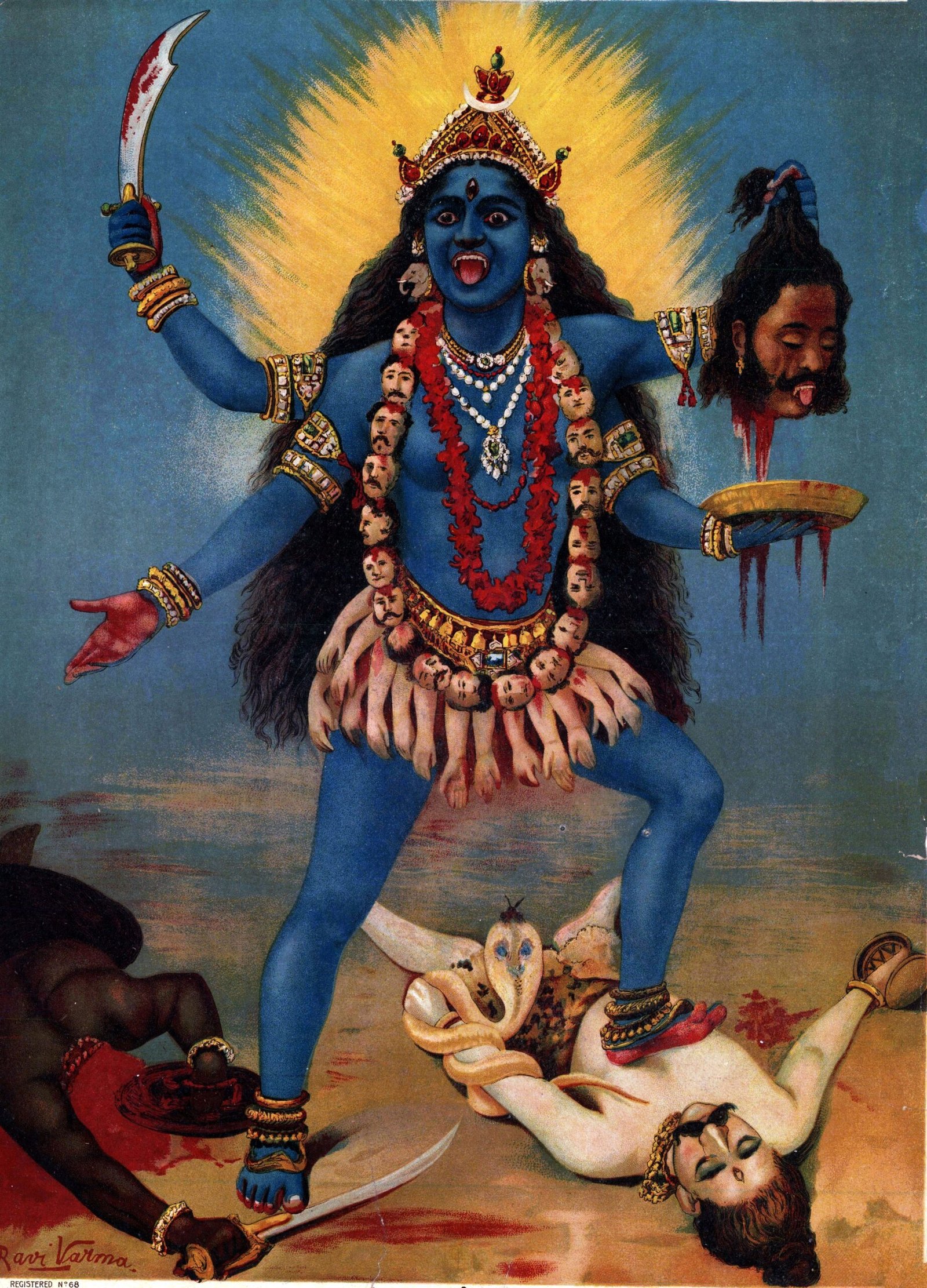
Maa Kali is an eminent Hindu Goddess who had her first significant appearance was in the sixth-century CE Sanskrit text known as Devi Mahatmya. She is stated to destroy evil and prevail the goodness of this world. Also known as the divine mother, divine feminine energy, and Mother of the universe, Kali possesses the bestower of moksha (liberation). Kali is the first of the ten Mahavidyas in the Hindu Tantric tradition and is the supreme deity in the Kalikula worship tradition. Additionally, People who follow Shaivism, Shakta and Tantric sects also worship Kali as a major deity. One of the most famous stories that Maa Kali appeared in is the story when she sprang from the Goddess Durga’s fury to defeat the demon Raktabija.
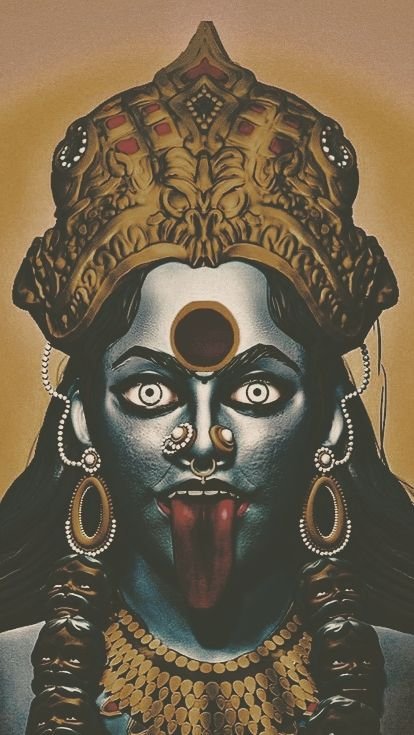
In Hindu mythology, Raktabija was a powerful demon who could regenerate from every drop of his blood that fell to the ground. This made him nearly invincible in battle. The gods, desperate to defeat him, invoked the goddess Kali, known for her fierce and destructive nature. As Kali confronted Raktabija, he unleashed his powers, creating chaos on the battlefield. However, Kali devised a clever strategy: she consumed Raktabija’s blood before it could touch the ground, preventing his resurrection. In a furious battle, she overpowered him, ultimately slaying him and freeing the world from his tyranny. This story symbolizes the triumph of good over evil and the importance of direct action against insurmountable odds. Kali’s fierce form represents the destructive aspects of divine feminine energy, while Raktabija embodies the challenges that must be faced and overcome.
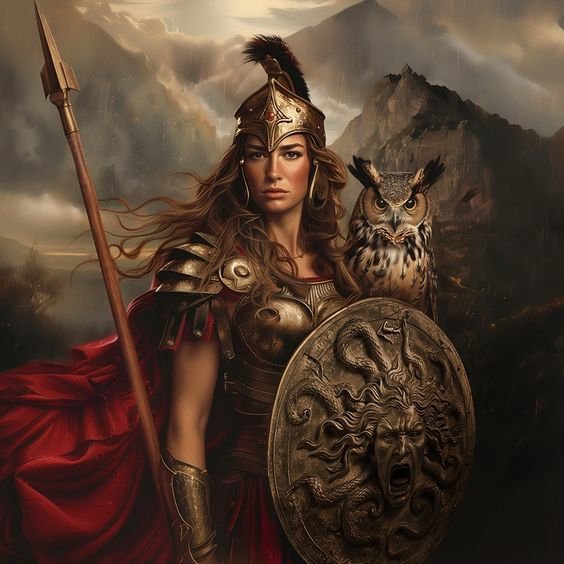
Goddess Athena, regarded as the protectress and patron of various cities across Greece. Specifically, the capital city of Athens is one of the most widespread and heard names in Greek mythology. Her origin rooted as an Aegean palace goddess makes her ties with the city more apparent. The Parthenon on the Acropolis of Athens is dedicated to her worship, along with numerous temples and monuments. She was known to be a warrior Goddess as she was the one who led the soldiers into battle as Athena Promachos. In Greek mythology, Along with Aphrodite and Hera, Athena was one of the three goddesses involved in the feud which resulted in the beginning of the Trojan war. She was a daughter of Zeus, assumed to be born from his forehead by parthenogenesis.
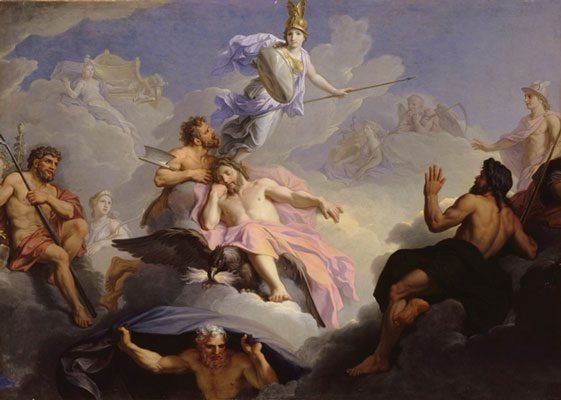
Athena’s birth is a fascinating tale in Greek mythology. She is the daughter of Zeus and Metis, a goddess of wisdom. When Zeus learned that Metis was pregnant, he feared that their child would be more powerful than him. To avoid this, he swallowed Metis while she was still pregnant. Later, Zeus experienced an excruciating headache due to the lingering presence of Metis. To relieve his pain, Hephaestus, the god of blacksmiths, struck open Zeus’s head with an axe. From the split emerged Athena, fully grown and clad in armour, shouting a battle cry. Her birth was not just extraordinary but symbolic, representing wisdom, warfare, and strategic thinking. Athena became one of the most revered deities in Greek mythology, embodying the ideals of intelligence and strength. Her unique origins underscore her role as a goddess who balances both wisdom and warfare, making her a key figure in the pantheon.
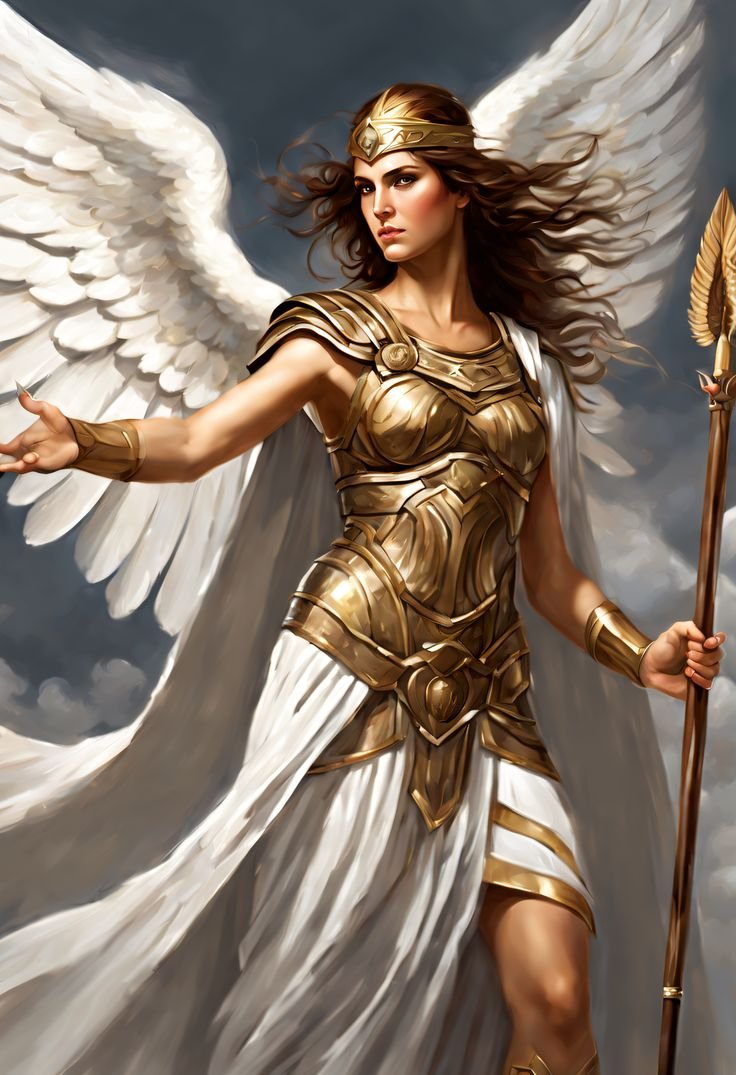
One might say how could these goddesses from different religions, different mythologies, and different hemispheres collide? I think we have some propositions. Although these Goddesses seem to symbolise the polar opposite sides of the sphere, One being depicted by the sun, radiant and golden and another being illuminated by the moon, Kali, depicting the dark night, These virtuous beings are more similar than we think.
Both the goddesses are known to be warriors in their own unique sense. Goddess Athena carries a spear as a symbol of her being a warrior meanwhile Kali possesses four arms, one of her left arms holds a blood-covered sword and a severed head to symbolise the same. Other than this, along with an owl and a horse, One of the most prominent animals associated with Goddess Athena is the ‘serpent.’ In Greek mythology, the serpent depicts death and destruction and is seen engraved on Athena’s shield and near her head sometimes. Snakes or serpents are highly associated with Maa Kali in Hindu texts as she is seen to be adorned with snakes as ornaments and her consort, Lord Shiva, is popularly known to always wear a snake around his neck. Both the goddesses also have specific festivals dedicated to their worship, for Goddess Athena, it is ‘The Panathenaea.’ It is a multi-day celebration to worship Goddess Athena in the city of Athens. Similarly, for Maa Kali, a festival called ‘Kali Puja’ is celebrated. This is also a multi-day festival originating in the Indian subcontinent dedicated to Maa Kali worship.
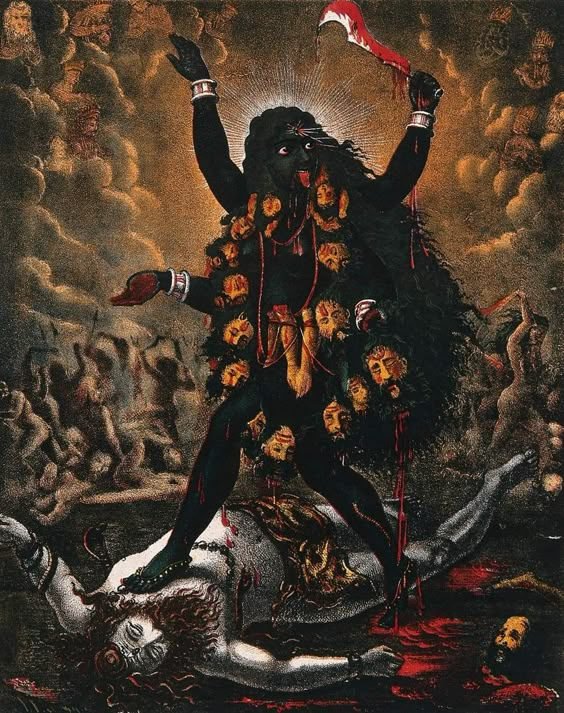
Other than textual and symbolic oneness, both of these Goddesses are connected with the idea of female empowerment in modern-day classics, people intertwine the thought of bravery, competence, courage, and domination with the concept of Maa Kali and Goddess Athena as the allegory of that of a femme fatale. This is what makes these goddesses possess that oneness in abstract and inspire society. Many young minds are empowered by noticing that ever since the beginning of time, the presence of strong females has been prevalent and will continue to be so.
And this is how such contrasting figures become one.
